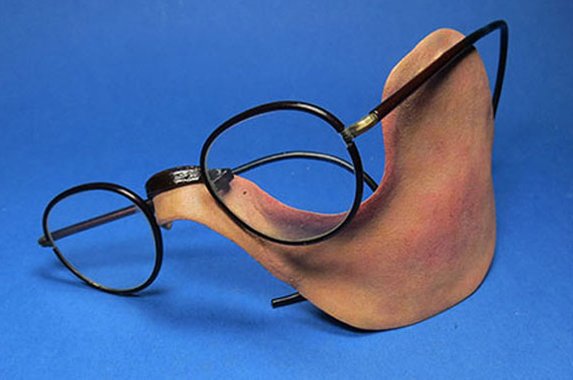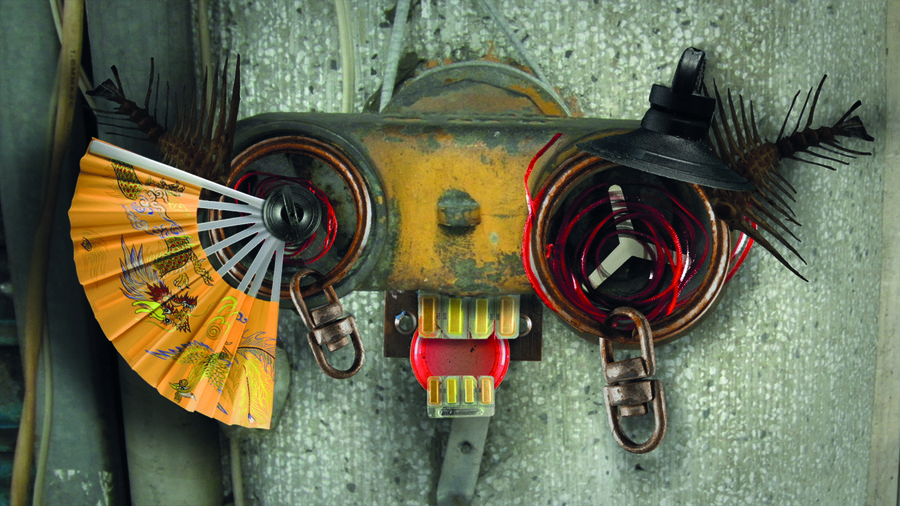Throughout history human beings have sought to extend and supplement their own form to move faster and reach further. The Body Extended: Sculpture and Prosthetics traces how artists have addressed radical changes to the very thing we humans know best: our bodies. Presenting over seventy artworks, objects and images spanning the late-nineteenth century to the present day, this exhibition explores how sculpture and medical science have augmented the analogue human figure, expanding its reach and power.
During the First World War prosthetics technology rapidly advanced. As shattered soldiers became a familiar sight in public life after 1914, both artists and surgeons alike sought to remake what had been lost. Sculptors Anna Coleman Ladd and Francis Derwent Wood worked directly with surgeons, creating facial masks for soldiers injured in the trenches, with our display presenting two examples of these, while in contrast artists including Alice Lex-Nerlinger and Jacob Epstein show the horrors of the new machine-human.
Alongside examples of prostheses from the collections of the Freud Museum, Hunterian Museum, Imperial War Museum, Thackray Medical Museum in Leeds and the V&A, The Body Extended: Sculpture and Prosthetics features work by artists who directly address the relationship between sculpture and prosthetics. Prostheses recur in the life and work of Louise Bourgeois, with her work drawing on her own experiences and childhood traumas. A single leg (1985), named after Bourgeois' sister Henriette, is suspended in space surrounded by the body extensions of Rebecca Horn, Matthew Barney and Oskar Schlemmer, and three Austrian artists: Michael Kienzer, Walter Pichler and Franz West.
The Body Extended: Sculpture and Prosthetics
- 21 Jul 2016 — 23 Oct 2016

Henry Moore Institute
Henry Moore Foundation74 The Headrow
Leeds LS1 3AH
UK
https://www.henry-moore.org
